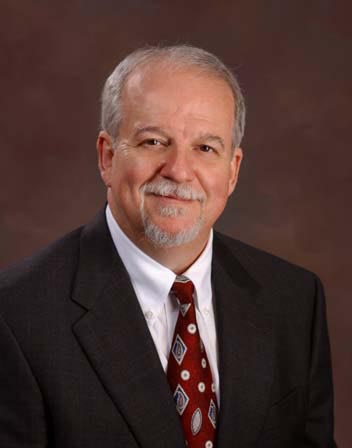Scientific Program

James E. Jones
Riley Hospital for Children Indiana University School of Dentistry
Title: Office-Based Anesthesia: Safety and Outcomes in Pediatric Dental Patients
Biography:
Dr. Jones is presently the Starkey Research Professor, Department of Pediatric Dentistry, Indiana University School of Dentistry and Clinical Professor of Pediatrics, Indiana University School of Medicine. From 1993 to 2005, he was Dean of the School of Health Sciences, Indiana University Purdue University, in Fort Wayne, Indiana. He is a Fellow of the American Academy of Pediatric Dentistry, Fellow of the American College of Dentists, Fellow of the International College of Dentists and a member of the Pierre Fauchard Academy.
Dr. Jones has published over 100 articles, book chapters and research abstracts in the dental, medical and education literature. He has obtained over 6.3 million dollars in educational, service, training and research grants. He has presented over 150 continuing education courses in the United States, the Caribbean, Europe, Asia, South America and the Middle East on a variety of topics related to higher education.
Abstract
The number of children with caries requiring general anesthesia to achieve comprehensive dental care and the demand for dentist anesthesiologists to provide ambulatory anesthesia for these patients is increasing. In 2010, the Society for Ambulatory Anesthesia Clinical Outcomes Registry was developed. This Web-based database allows providers of ambulatory anesthesia to track patient demographics and various outcomes of procedures. This presentation reviews a secondary analysis of data collected in the registry over a 4-year period, 2010–2014. Of the 7041 cases reviewed, no cases resulted in serious complications, including death, anaphylaxis, aspiration, cardiovascular adverse events, or neurologic adverse events. Of the 7041 cases reviewed, 196 (3.0%) resulted in a predischarge or postdischarge adverse event. The predischarge adverse event occurring with the highest frequency was laryngospasm, occurring in 35 cases (0.50%). The postdischarge adverse event occurring with the highest frequency was nausea, reported by 99 patients (5.0%) for the 1991patients reached for follow-up by the dentist anesthesiologist following their procedure. This analysis provides strong clinical outcomes data to support the safety of office-based anesthesia as performed by dentist anesthesiologists in the treatment of pediatric dental patients. Example of a “typical” patient procedure will be presented for discussion.
- Oral medicine
- Diagnosis and Prevention of Oral Disease
- Oral and Maxillofacial Surgery
- Orthodontics and Dental Implants
- Prosthodontics
- Oral and Dental Health
- Periodontics and Oral Hygiene
- Restorative Dentistry and Endodontic
- Cosmetic Dentistry
- Oral Oncology
- Dental Public Health and community dentistry
- Radiology
- Focal infection
- Diabetes and Periodontal disease
- Bi-Digital O-Ring Test (BDORT)
- Dementia and Denture
- Skin care, metal allergies around oral area
- Sports dentistry
- Occlusal treatment
- Electromagnetic waves and dentistry

